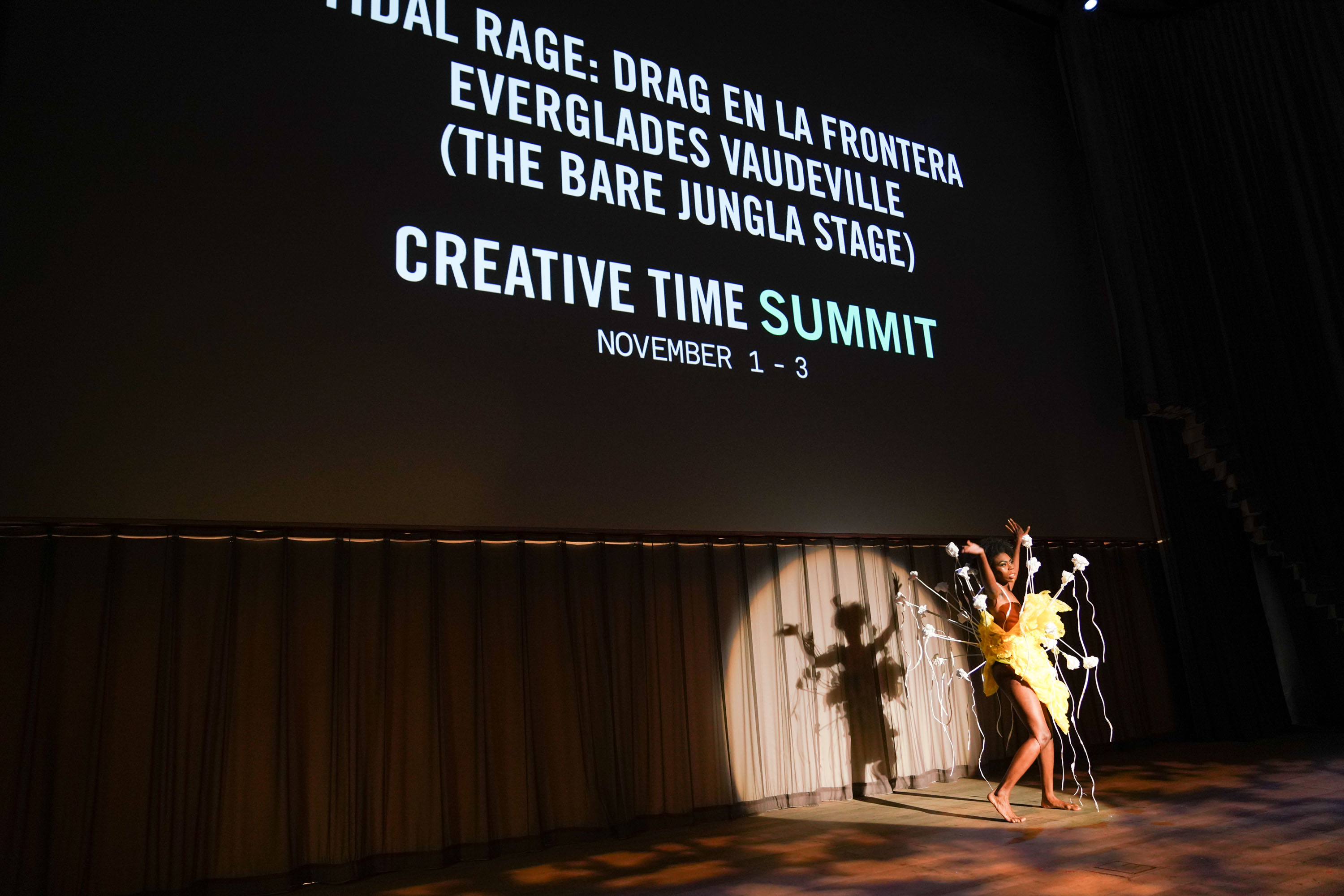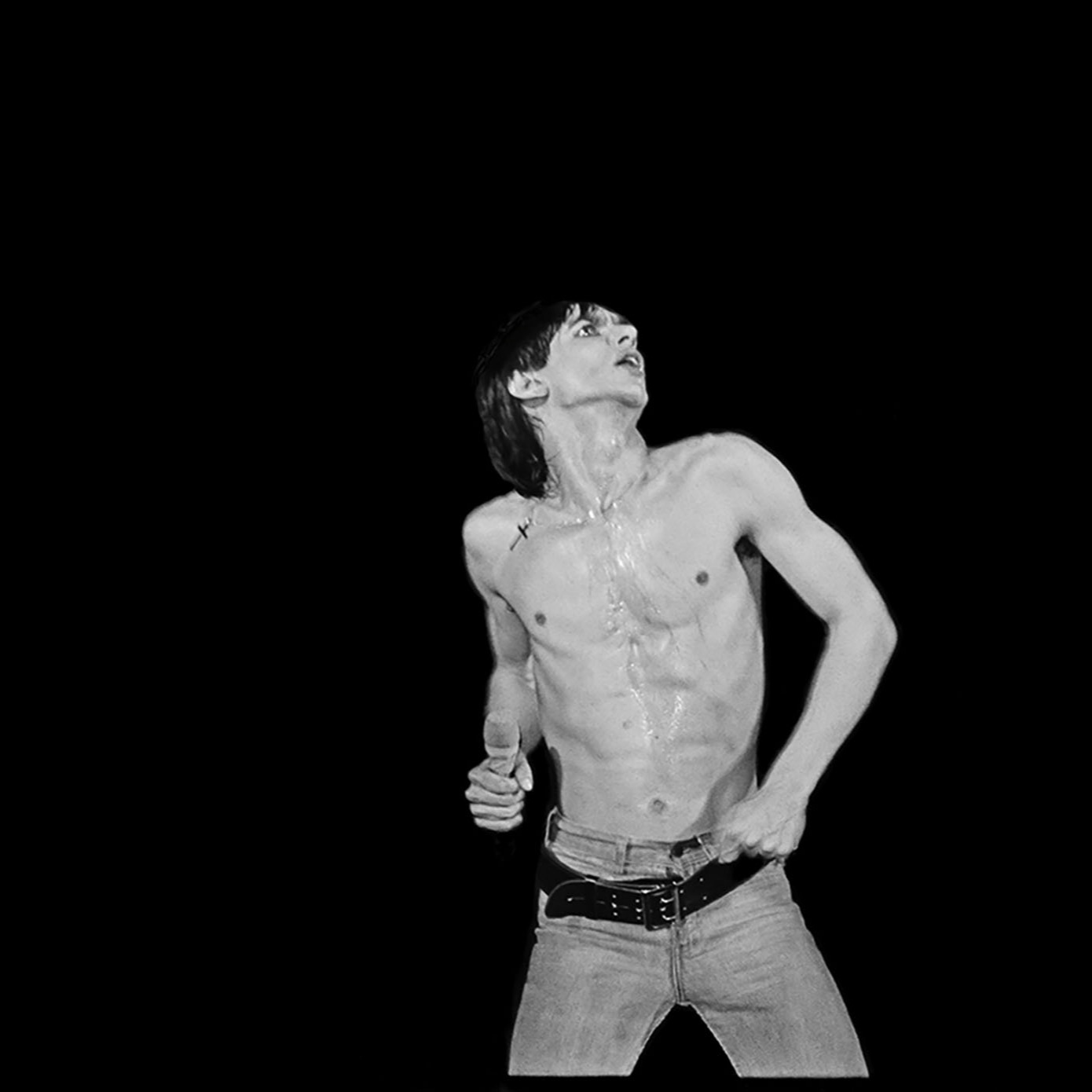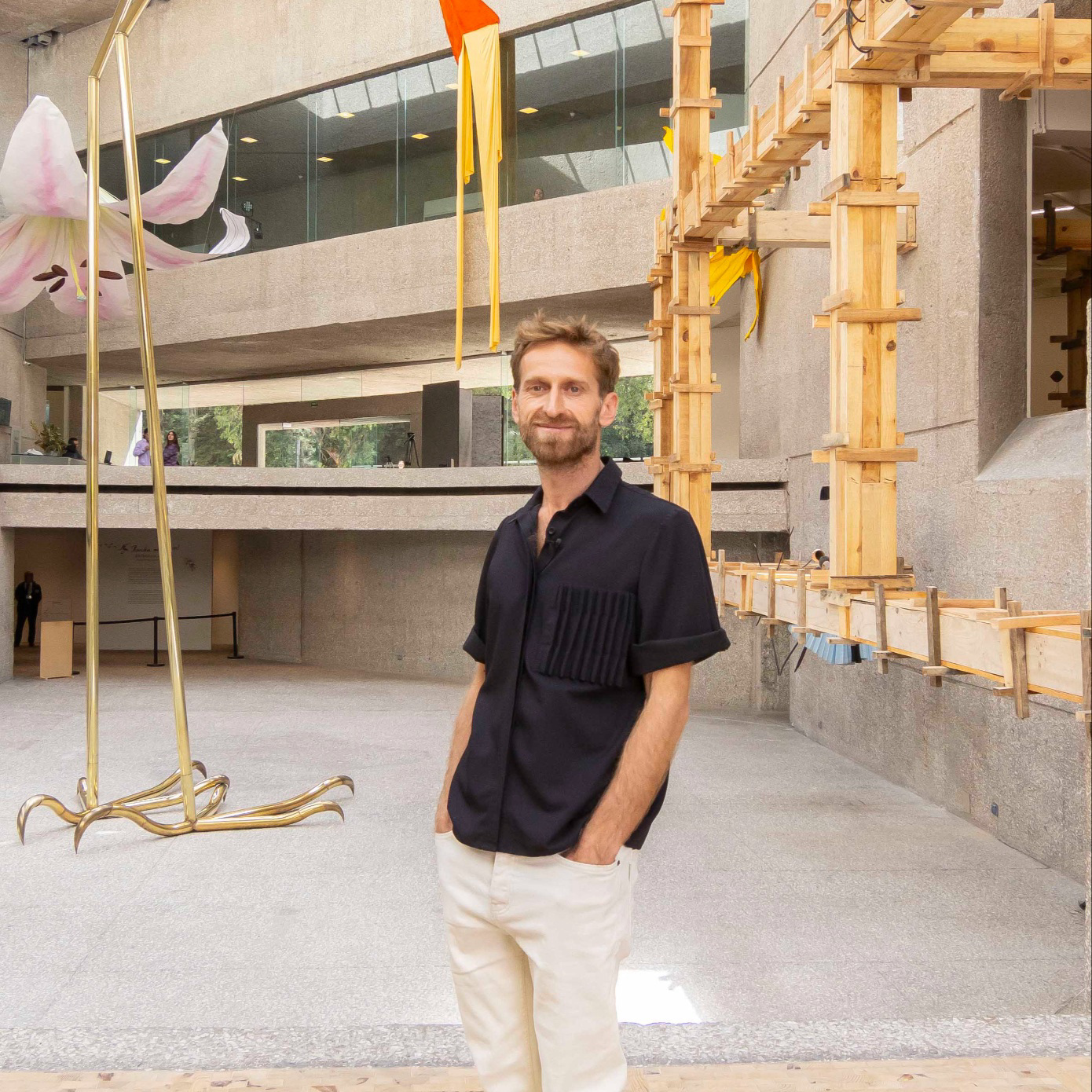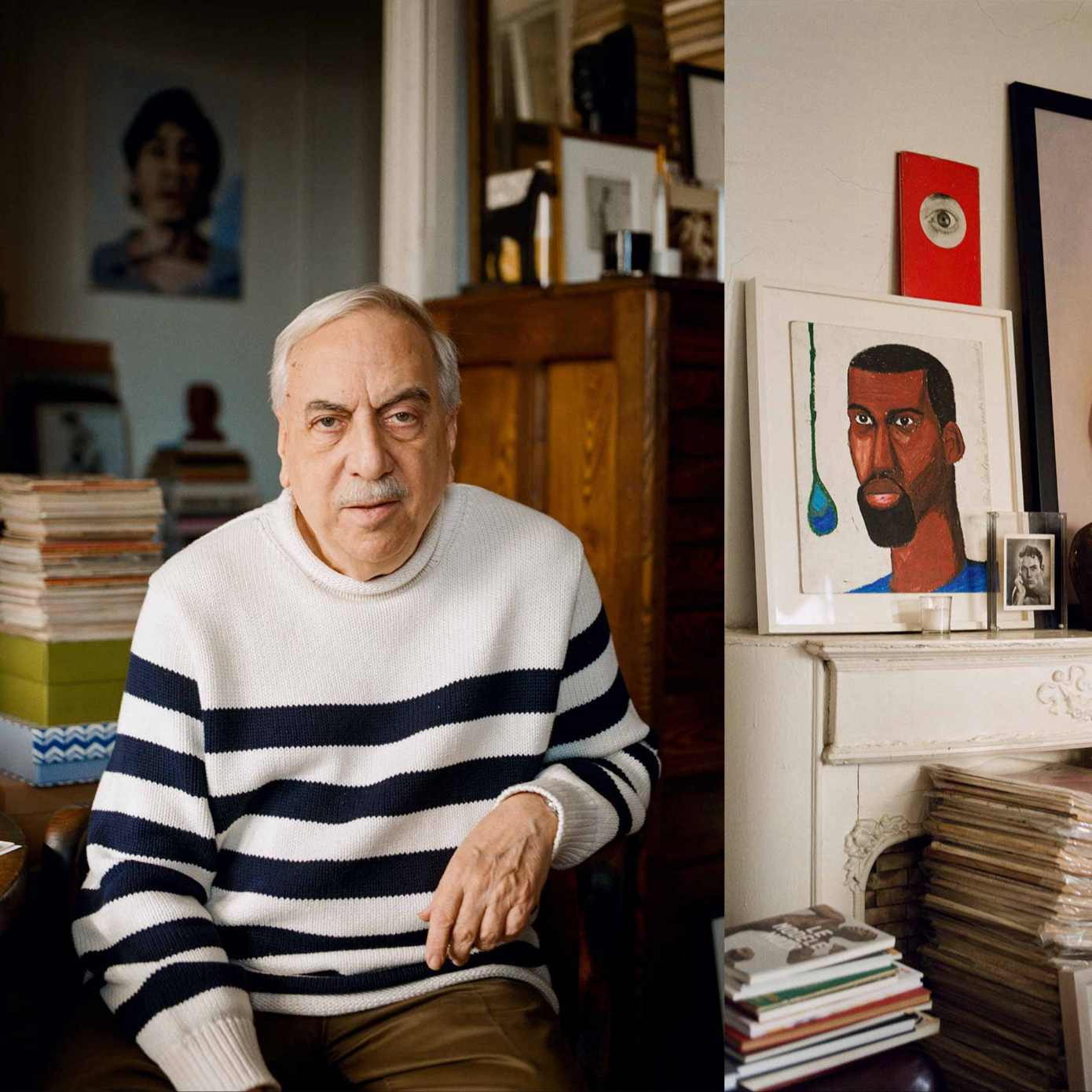
For the past few years, Creative Time’s nomadic Summit has brought its audience to different hotspots around the world. This fall, it touched down in Miami embracing the capital’s unique community of immigrants as well as its ever present environmental concerns. Before the storm of activity, Justine Ludwig, Creative Time’s new director, gave us a short history of the Summit as well as an insider’s rundown of the almost decade old tradition.
How does the Summit fit into the Creative Time's program on a holistic level?The summit very much functions as this moment where we take pause and reflect on our current socio political reality in a very pointed and direct manner while taking a hard look at the past and envisioning a path forward. Within the context of an arts organization that is committed to presenting artists as integral parts of social engagement, I think it's this very tailored and focused moment where we can address these issues through a wide diversity of voices from around the world.
Is the audience of the Summit different than that of your other public programs? Our projects often have people that come just because they're excited by the context even if that means traveling to a different neighborhood. They are usually highly visual and something you can organically happen upon when walking the street, for example. But the summit requires something different. It calls for people to commit to multiple days of intense programming, so that inherently comes with a different audience. We have people who are coming from all over to attend this. They’re people that are interested in issues of social engagements. They're interested in art and activism. It is a sort of range that spans an academic community to a general public that has interest in this subject matter. And so I think the primary difference that you see between our programming with direct artists' projects, and this is just the focus of the audience.
What is the relationship between the city and the theme? The theme this year came out of the city itself. Once we decided to do the program in Miami the framework for the summit was created. You'll see that there are quite a few locals who took part in the Summit, like Houston Cypress, who’s the founder of the Love the Everglades Movement, or William Cordova who is an artist and cultural practitioner. They are both based in the region and so they're speaking to the realities of this community specifically while placing it within a larger context.
For someone who has never been to a summit, a day of lectures seems daunting. How do you hold the audience’s interest? Each day follows a very different structure. For the first day of the summit, we opened it up with a party at the Perez Art Museum and a political drag show. Then Friday is a full main-stage day where it's lectures all happen in one place. We follow a structure where people are speaking for a shorter period of time. They are not multi hour lectures by single individuals, so what you're getting is a lot of different perspectives back to back and so that keeps the energy moving through the course of the day. And then on Saturday we have what we call breakout sessions, which take place across the city of Miami and they are much smaller groups. They allow people to have a more intimate perspective and engagement with the subjects that are brought up in the context of the summit. And we're also closing it out this year for the first time with a film program. It is a curated selection of videos that are happening outdoors.
What’s the history of the summit and what’s ahead? The Summit started in 2009 in New York and it was really the first major international platform for socially engaged art. It came out of the desire to speak specifically to art and its relationship to social engagement, and for the first few years that took place just in New York, but since 2014 we've been bringing it to different cities so now it's taken place in Stockholm, Washington D.C., Toronto and now in Miami. These different locations provides an opportunity to look at a more specific contexts and the issues that those communities face. And, next year's a big year for us, it's the 10 year anniversary of the summit, so that's going to be a moment for us to really take stock of what the summit has been over the past decade and to celebrate we're launching a book in the fall of 2019.



